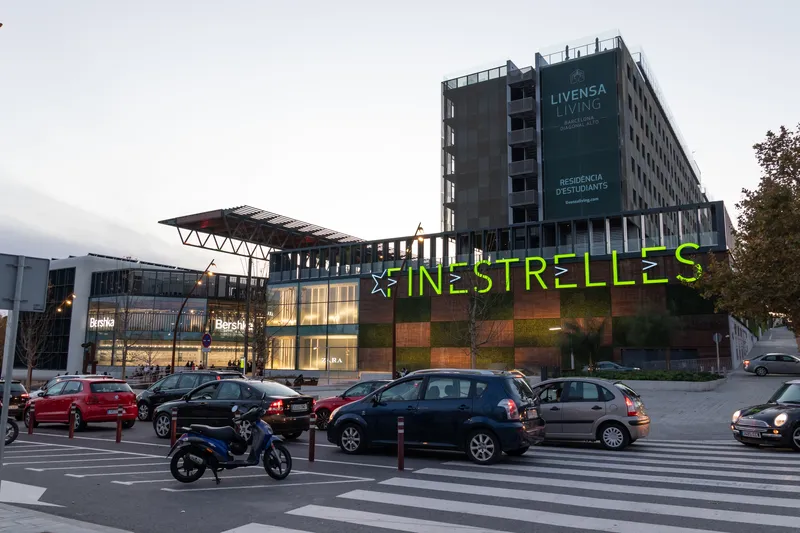November 30, 2020
Read time: 1 min

Open-seneca is a personal air quality monitor for ‘citizen scientists’ - and Stockholm and Lisbon are rolling them out…







